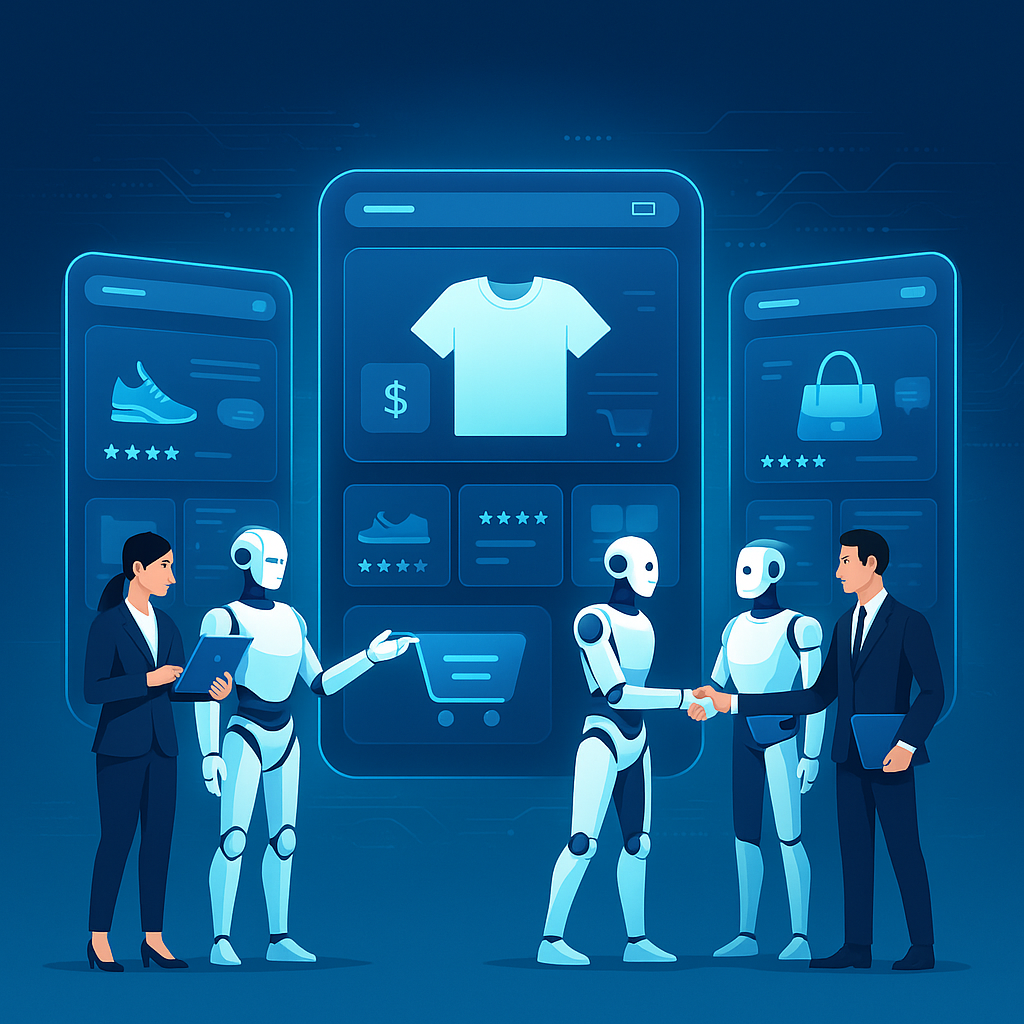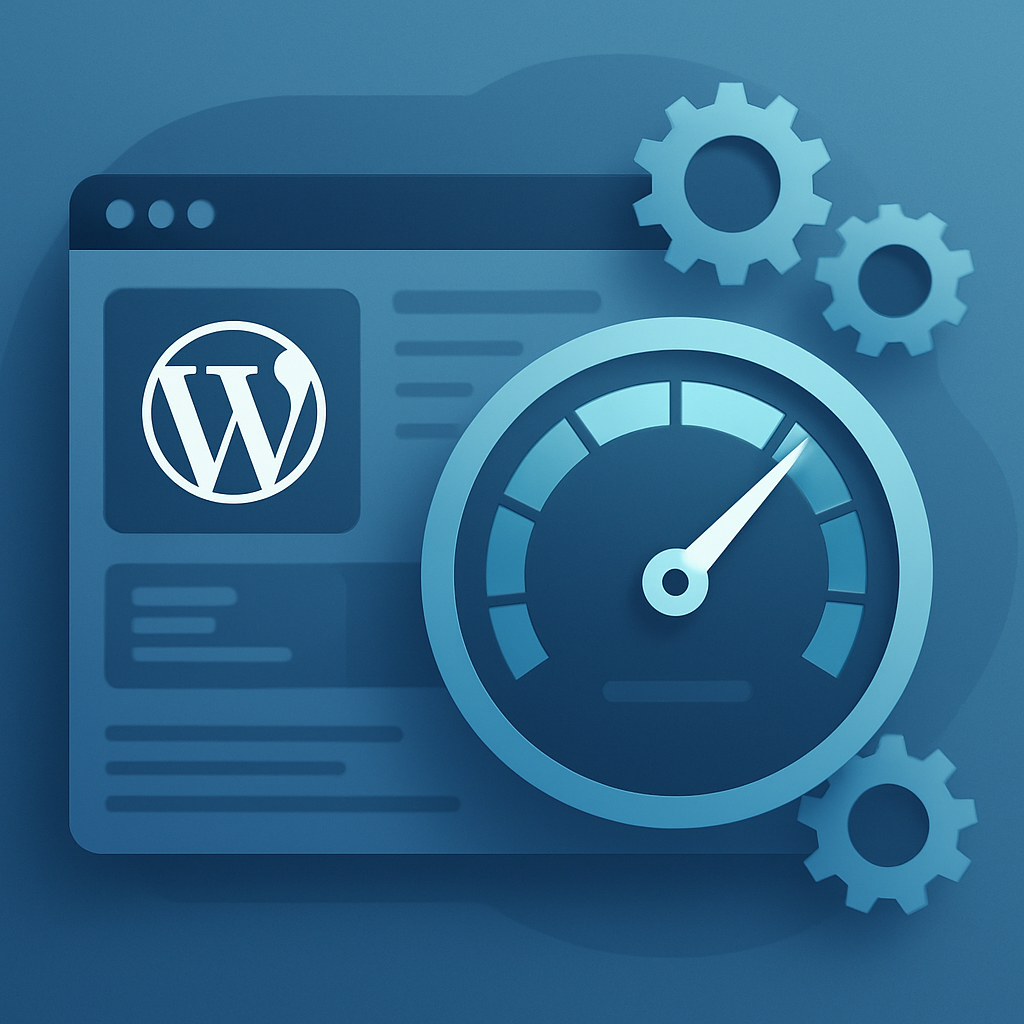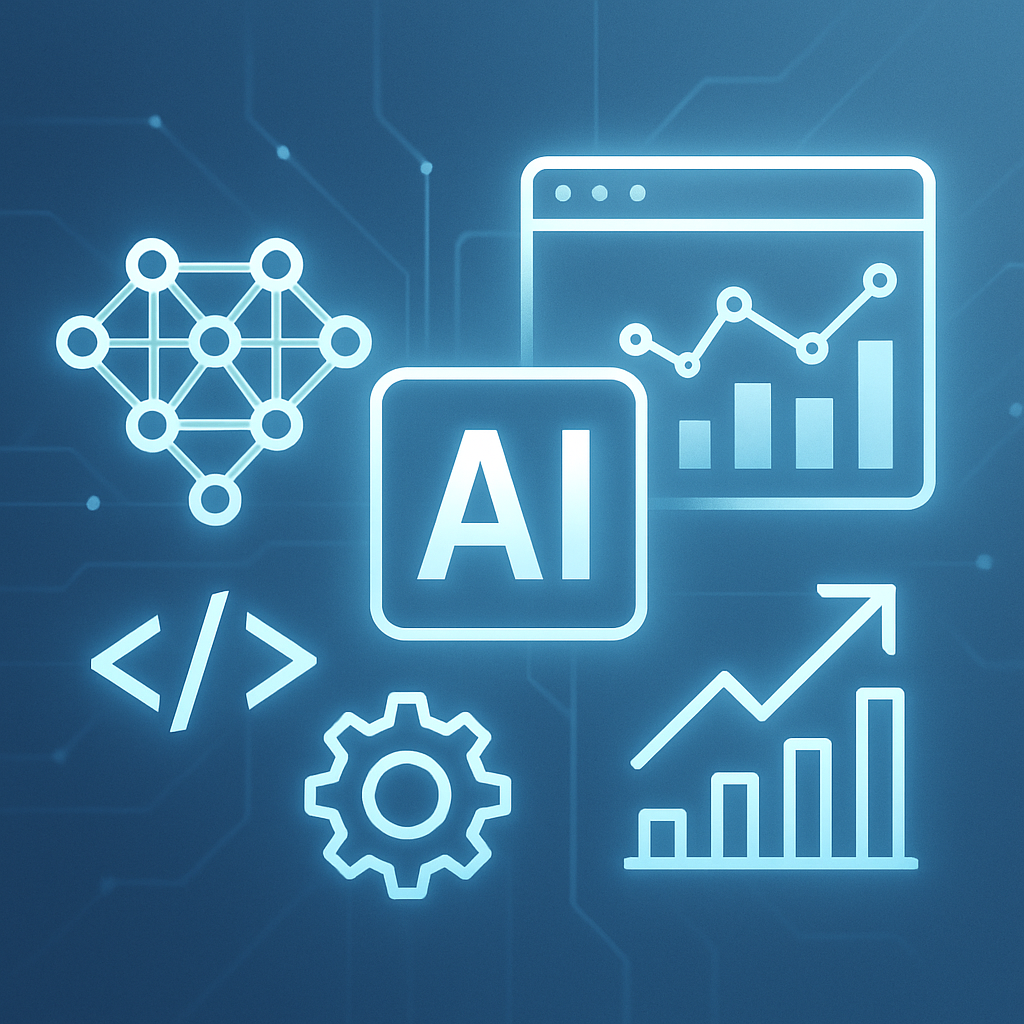
Maximizing Success with Shopify Digital Ecosystem for Ecommerce Marketing
Understanding Shopify Digital Ecosystem and Its Role in eCommerce
Shopify Digital Ecosystem, also referred to as Shopify DE, represents the latest evolution of the Shopify platform in 2025, offering merchants a unified suite of marketing tools, integrations, and analytics tailored specifically for ecommerce stores. Unlike traditional platforms, Shopify DE is designed to create seamless synergy among storefront management, customer data, marketing channels, and fulfillment operations.
Why Prioritize Marketing and Ecommerce Synergy on Shopify?
The intersection of marketing and ecommerce is more crucial than ever. Customers in 2025 expect personalized, timely, and frictionless shopping experiences. Shopify DE empowers store owners to meet these expectations by harnessing advanced AI-driven marketing automation and data insights directly embedded into the ecommerce framework.
Key Advantages:
Integrated Data: Direct access to customer behavior and sales data enables targeted campaigns.
Automation: Streamlined workflows reduce manual effort while increasing campaign precision.
Multi-Channel Reach: Engage customers across email, social media, and web with synchronized messaging.
Effective Shopify DE Strategies for Ecommerce Marketing
1. Leverage AI-Powered Personalization
In 2025, Shopify DE’s built-in AI tools analyze shopping habits, preferences, and past interactions to offer hyper-personalized product recommendations. Stores using these features have reported significant uplifts in conversion rates. For example, a boutique apparel brand saw a 27% increase in average order value by dynamically tailoring homepage and checkout suggestions through Shopify DE’s customization engine.
2. Implement Omnichannel Campaigns
Customers switch between platforms constantly. Shopify DE’s marketing hub allows ecommerce stores to craft omnichannel campaigns that synchronize promotional messages across Instagram, Facebook, email newsletters, and even SMS. This cohesive approach ensures brand consistency and taps into different segments within the audience.
3. Use Data-Driven Customer Segmentation
Complex customer journeys require nuanced segmentation. Shopify DE enables segmentation based on purchase frequency, cart abandonment patterns, and engagement levels. An electronics retailer segmented its clientele to send exclusive early-bird discounts to high-value customers, resulting in a 15% boost in repeat sales over three months.
4. Optimize the Mobile Experience
Mobile commerce continues dominating ecommerce space. Shopify DE’s theme and checkout optimizations facilitate faster load times and intuitive navigation on smartphones and tablets. Stores that prioritize mobile usability see higher retention and reduced bounce rates. A U.S. skincare company restructured its mobile purchase flow via Shopify DE and observed a 22% rise in completed transactions.
5. Harness Shopify DE Analytics for Continuous Improvement
Marketing isn’t a set-it-and-forget-it practice. Shopify DE’s comprehensive analytics dashboard monitors campaign performance, customer acquisition costs, and lifetime value metrics in real time. Leveraging these insights allows ecommerce stores to pivot quickly and invest in strategies yielding the best ROI.
Creative Storytelling: A Shopify DE Success Snapshot
Consider "GreenStride," an eco-conscious footwear store that adopted Shopify DE in early 2025. Initially, GreenStride struggled with fragmented marketing efforts and low repeat purchases. By reorganizing campaigns via the Shopify DE platform, integrating AI-personalized emails, and utilizing data segmentation, GreenStride saw a remarkable 40% increase in customer retention within six months. The powerful combination of Shopify DE tools boosted not only sales but brand loyalty by delivering relevant stories and offers that resonated deeply with their audience.
Addressing Common Challenges
Transitioning to an Integrated Platform
Some stores encounter hurdles moving from legacy systems to Shopify DE. Planning data migration carefully and training staff on new tools clears obstacles early on.
Balancing Automation and Human Touch
While AI enhances marketing, blending automated messages with genuine human engagement ensures authenticity, fostering trust with customers.
Looking Forward: The Future of Shopify DE Marketing
Emerging trends in 2025 indicate Shopify DE will increasingly embrace innovations like augmented reality (AR) shopping experiences, advanced influencer marketing integrations, and expanded AI-generated content creation tools. Ecommerce stores that master today’s core strategies will be well positioned to capitalize on these advancements.
Conclusion
Maximizing success with Shopify DE involves a strategic blend of personalization, omnichannel marketing, and insightful analytics. By fully tapping into the platform’s capabilities, ecommerce stores can elevate customer engagement, optimize marketing returns, and sustain competitive advantage in an ever-evolving digital marketplace.






